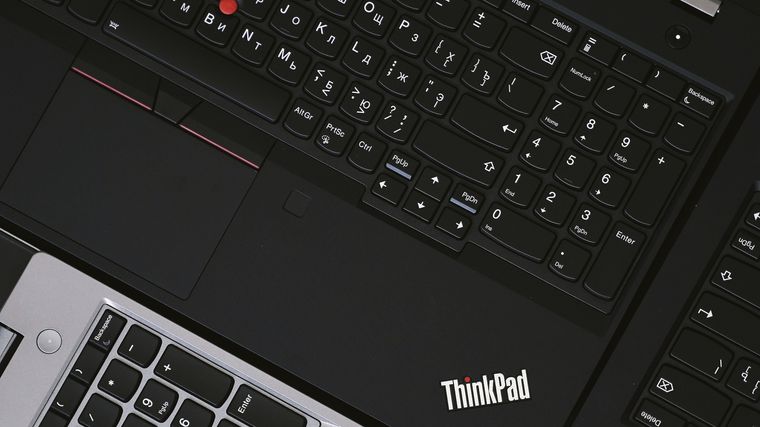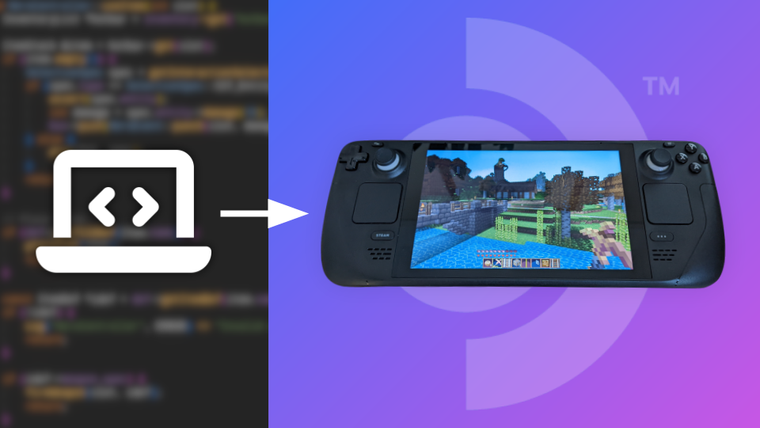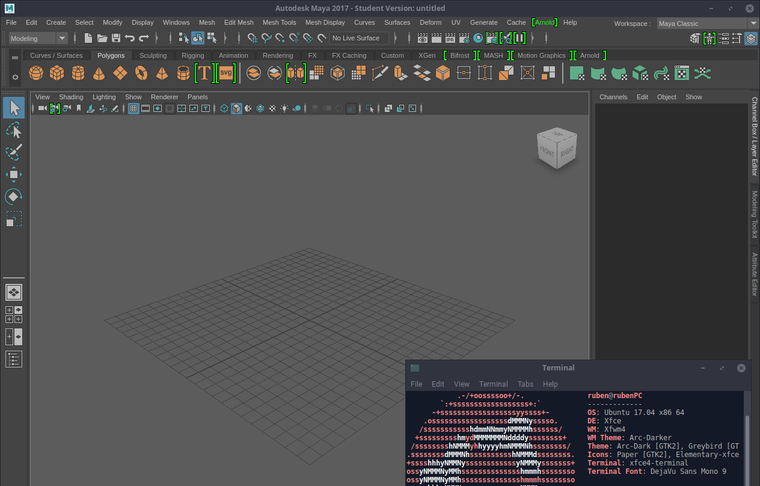
Luanti (Minetest) on Steam Deck: usage and review
A few months ago, my Steam Deck arrived. So, obviously, one of the first things I did was play Luanti. Whilst Luanti isn’t available on Steam yet, it is available on Flatpak and so can be installed from desktop mode.
Luanti plays very well on the Steam Deck, it performs great and Steam Input makes setting up controls easy. The Deck is an open console, so there’s full support for modding and you can cross-play with other platforms.
In this article, I will explain how to set up Luanti on the deck, and review the controls, performance, and experience. I’ve already written my thoughts about the Deck in another article, and recommend checking that out.
Read more of "Luanti (Minetest) on Steam Deck: usage and review"




